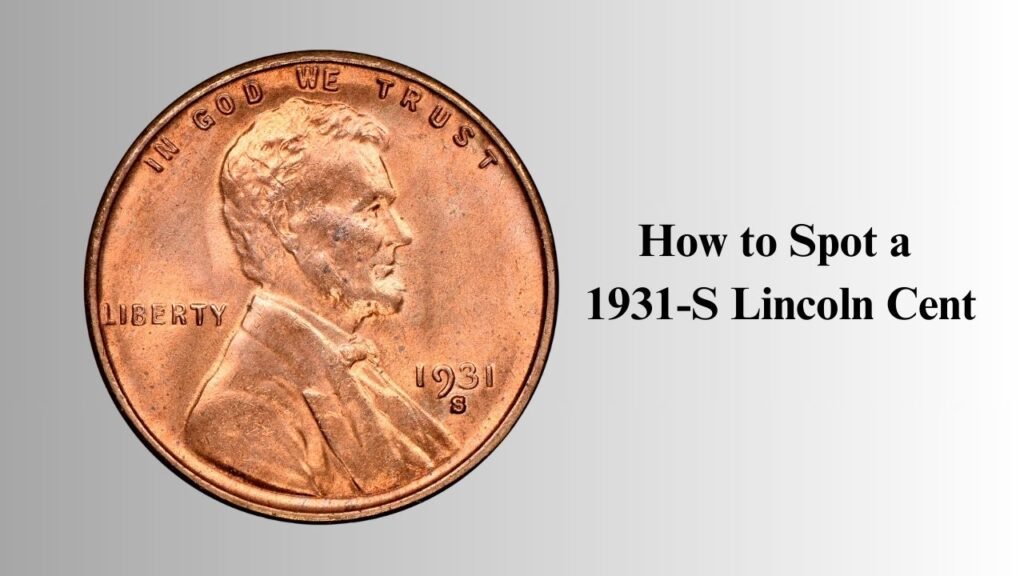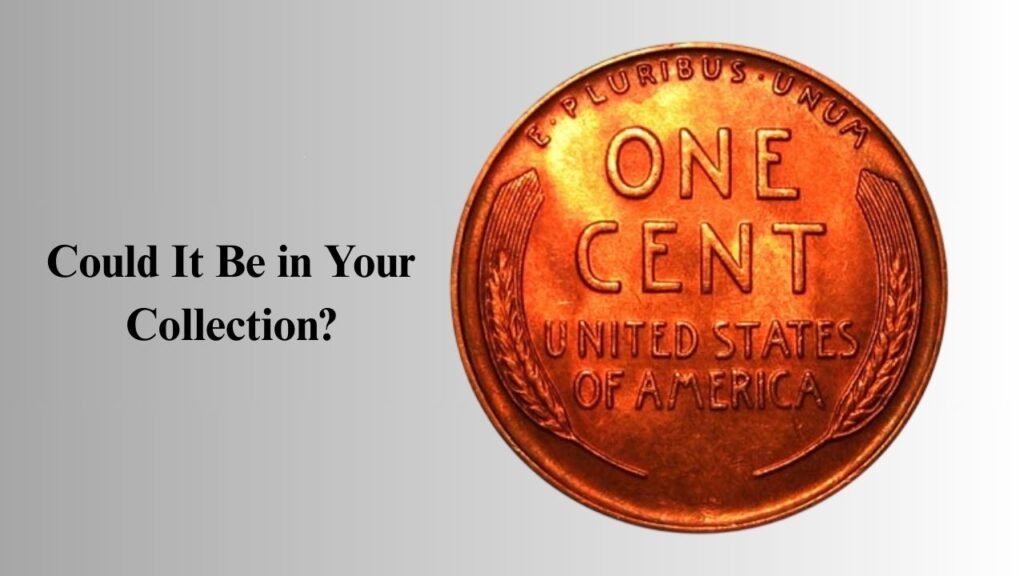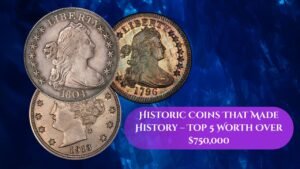If you’ve ever hung on to an old penny wondering it might be worth something sooner or later — you is probably onto some thing large. One of the most precious hidden gem stones among U.S. Coins is the 1931-S Lincoln Cent, an extraordinary wheat penny that’s turning heads in the collector global. Believe it or now not, this little copper coin can fetch as much as $50,000 — and it’d just be hiding for your series.
Let’s take a better study what makes the 1931-S penny so special, and the way you can inform if you very own one of the rarest and most valuable cents in move.
Why the 1931-S Is So Rare
In 1931, the U.S. Mint dramatically scaled returned coin manufacturing due to the financial turmoil of the Great Depression. People weren’t spending a whole lot cash, and coin call for dropped notably. As a result, the San Francisco Mint produced simplest 866,000 Lincoln cents that 12 months—making the 1931-S one of the lowest mintage coins inside the entire Lincoln cent collection.
While over 800,000 might appear like a massive number, most of those coins entered move and were worn down or misplaced. Only a small range continue to be in awesome condition, and that’s wherein the big cash is available in.
- Key Detail: Coins graded MS-sixty five Red (Mint State) or higher by means of professional grading services can sell for $20,000–$50,000, depending available on the market.
How to Spot a 1931-S Lincoln Cent

Identifying one of these rare coins is surprisingly easy, if you know what to look for:
- Date: Look for “1931” on the front (obverse) of the coin.
- Mintmark: Check for a small “S” under the date. That marks the San Francisco Mint.
- Condition Matters: If your coin is shiny, uncirculated, and has a rich copper-red hue, it could be extremely valuable. Heavily worn examples are still collectible but may fetch only a few hundred dollars.
The Market for Rare Pennies
Lincoln cents are one of the most widely collected coins in the U.S., and key-date coins like the 1931-S are the crown jewels of many collections. Even lower-grade versions can sell for $75–$300, and high-grade cash licensed by PCGS or NGC can spark fierce bidding wars amongst collectors.
The reputation of penny gathering referred to as “cent accumulating” or “numismatics” has best grown with social media and YouTube treasure-searching films, making discoveries just like the 1931-S even extra interesting.
Tips to Verify Authenticity
If you suspect you have a 1931-S penny:
- Avoid cleaning the coin, Cleaning can destroy its value.
- Use a magnifier to spot the “S” mintmark clearly.
- Check for wear and color, Coins in better condition are worth much more.
- Get it graded by a professional service like PCGS or NGC for an accurate valuation.
Could It Be in Your Collection?

It’s very possible. The 1931-S was sometimes saved by collectors and passed down through families. You might have inherited one without even knowing it. If you have an old coin jar, a penny folder, or a family keepsake box, it’s worth taking a closer look.
Here’s how to check:
- Sort through old wheat pennies – Lincoln cents with wheat ears on the reverse were minted from 1909 to 1958.
- Organize by date and mintmark – Keep an eye out for 1931, especially with an “S.”
- Look into grading options – If you think you’ve struck copper gold, consider sending it to a coin grading service like PCGS or NGC for official evaluation.
Factors That Determine Value
Several factors make a 1931-S Lincoln Cent valuable:
- Color Designation:
- Red (RD): Those coins that maintain their original red copper color are sought after.
- Red-Brown (RB): Show a combination of red and brown colors.
- Brown (BN): Mostly brown coloring due to oxidation.
- Surface Preservation: Those coins with minimal contact marks and fresh surfaces sell at premiums.
- Strike Quality: Better-struck coins with clean details are in higher demand.
- Luster: A good, genuine mint luster adds to a coin’s beauty and worth.
Final Thought
The 1931-S Lincoln Cent is proof that not all treasure comes in gold and silver. Sometimes, it’s the humble penny that incorporates the maximum surprising fee. Whether you’re a seasoned collector or someone who just inherited an vintage coin jar, it is probably time to take a 2d look—you never know what is probably hiding in simple sight.
FAQ’s
How can I decide if my 1931-S Lincoln Cent is actual?
Consulting a professional grading service like PCGS or NGC is the maximum dependable approach to authenticate your coin.
Where can I promote my 1931-S Lincoln Cent?
You can sell your coin through legitimate coin dealers, public sale homes, or on line systems that specialize in numismatics.
Does cleansing my 1931-S Lincoln Cent beautify its value?
No



